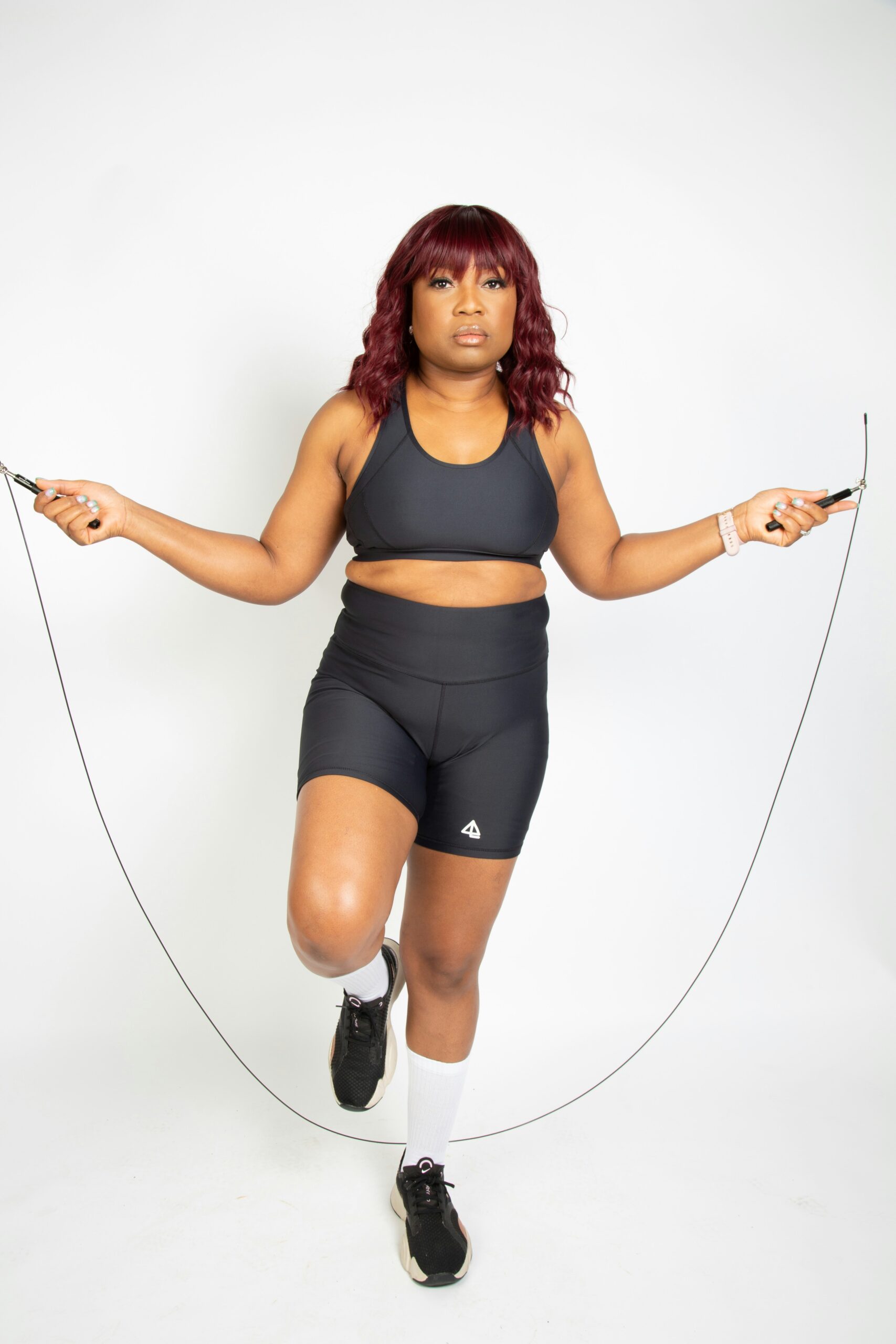Elevate Your Game with Mindfulness Techniques for Athletes
In the world of sports, the physical aspect often takes center stage. We see athletes pushing their bodies to the limits, training relentlessly, and competing fiercely. However, a quieter revolution is taking place just beneath the surface—an evolution that involves the mind. Mindfulness techniques are emerging as a game-changer for athletes looking to enhance their performance. I remember a time when the only “mind games” I thought athletes played were the ones they used to psych out their opponents. How wrong I was! In today’s sporting landscape, mental resilience is as crucial as physical strength.
What is Mindfulness?
First off, let’s demystify mindfulness. At its core, mindfulness is the practice of being present in the moment, fully aware of your thoughts, feelings, and surroundings without judgment. It’s about tuning out the noise—whether it’s the roar of the crowd, the pressure of competition, or even the inner critic that whispers self-doubt. Studies suggest that athletes who practice mindfulness experience reduced stress, improved focus, and better overall performance. Sounds like a win-win, right?
The mind-body connection is not new. Ancient practices like yoga and meditation have long emphasized the importance of mental clarity and focus. As I’ve learned from various athletes over the years, it’s not just about lifting weights or sprinting faster; it’s about cultivating a mindset that allows for peak performance.
The Science Behind Mindfulness in Sports
It’s one thing to talk about mindfulness in a theoretical sense, but let’s look at some science. Research has indicated that mindfulness can lead to measurable improvements in athletic performance. For example, a study published in the “Journal of Sports Sciences” found that athletes who engaged in mindfulness practices demonstrated increased concentration and the ability to manage stress effectively.
One of the most compelling aspects of mindfulness is its impact on neuroplasticity—the brain’s ability to adapt and change. This means that with consistent practice, athletes can train their brains to respond better to stress, distractions, and pressure situations. Imagine training your mind like you train your body. It’s fascinating! (I can almost hear the collective “wow” from readers who are just realizing this connection.)
Mindfulness Techniques for Athletes
Now that we’ve established the “why” behind mindfulness, let’s dive into some practical techniques that athletes can incorporate into their training regimens.
1. Breathing Exercises
Breathing is an incredibly powerful tool for athletes. Simple breathing exercises can help center your thoughts, reduce anxiety, and enhance focus. One technique that stands out is the 4-7-8 breathing method:
- Breathe in through your nose for a count of 4.
- Hold your breath for a count of 7.
- Exhale slowly through your mouth for a count of 8.
Try this a few times before a competition or during a tough training session. The beauty of this technique lies in its simplicity. I often find myself using it in high-pressure situations—like giving a presentation or when my coffee has kicked in too much before an important meeting.
2. Visualization
Visualization involves creating mental images of success. Athletes often use this technique to prepare for competitions. By visualizing themselves performing perfectly, they can enhance their confidence and focus. Olympic swimmer Michael Phelps is known for this practice; he famously visualized his races in detail, right down to the feel of the water.
To practice visualization:
- Find a quiet space and close your eyes.
- Imagine yourself in the competition setting, experiencing every detail.
- See yourself succeeding, whether it’s scoring a goal, hitting a home run, or crossing the finish line first.
It might sound a bit out there, but trust me—there’s power in picturing your success. I once tried this before a local 5K, and while I didn’t win, I did manage to avoid tripping over my own shoelaces (which, let’s be honest, is a significant victory in itself).
3. Mindful Movement
Mindful movement is about being present in your body while you train. Instead of zoning out during workouts, pay attention to how your body feels with every movement. Whether you’re running, cycling, or lifting weights, focus on your form, your breath, and the sensations in your muscles.
This technique not only enhances your physical performance but also helps prevent injuries. I recall a friend who was a marathon runner. He started incorporating mindful movement into his training and noticed a significant decrease in his injuries. It’s like tuning into your body’s GPS—your internal navigation system guiding you toward optimal performance and safety.
4. Gratitude Journaling
It’s easy to get caught up in the grind of training and competition, often forgetting to appreciate the journey. Keeping a gratitude journal can help athletes shift their mindset from one of stress to one of appreciation. Each day, jot down a few things you’re grateful for, whether it’s a great training session, supportive teammates, or simply the fact that you can engage in the sport you love.
This practice can foster a more positive outlook and reduce feelings of burnout. (Trust me, I’ve had my share of burnout moments—like the time I convinced myself that I was going to become an elite marathoner after just one run. Spoiler alert: that didn’t happen.)
Integrating Mindfulness into Training
For those of you wondering how to incorporate these techniques into your daily routine, here’s a little roadmap to get you started:
1. Set Intentions
Before each training session or competition, take a moment to set an intention. What do you want to focus on? It can be something simple like maintaining your breath or staying present. Setting an intention creates a mental framework for your practice.
2. Create a Mindfulness Routine
Just like physical training, mindfulness requires consistency. Designate a specific time each day for your mindfulness practice. It can be as short as 10 minutes. The key is to make it a habit—something you look forward to, like your morning coffee (or in my case, a large cup of tea). Perhaps try incorporating mindfulness techniques into your warm-up or cool-down routines.
3. Find a Mindfulness Buddy
Having a training partner can keep you accountable. Encourage each other to practice mindfulness techniques before or after workouts. You might even start a friendly competition to see who can maintain focus the longest during a session. For some reason, I’m picturing a yoga-off, and let me tell you, it would be hilarious!
Real-World Examples of Mindfulness in Action
It’s one thing to read about mindfulness techniques, but seeing them in action can be quite enlightening. Let’s take a look at a few athletes who have successfully integrated mindfulness into their training.
1. Kobe Bryant
The late basketball legend Kobe Bryant was known not only for his incredible skill on the court but also for his commitment to mindfulness. He practiced meditation regularly and often spoke about how it helped him maintain focus and manage pressure. His “Mamba Mentality” was not just about physical prowess; it was a mindset that emphasized hard work, dedication, and mental clarity.
2. Serena Williams
Serena Williams has been open about her struggles with anxiety and how mindfulness techniques have helped her cope. She incorporates meditation and visualization into her routine, allowing her to stay grounded and focused amid the chaos of competition. Her ability to remain present during high-stakes matches is a testament to the power of mindfulness.
3. Andy Murray
British tennis star Andy Murray faced numerous challenges throughout his career, including injuries and pressure at major tournaments. He turned to mindfulness to help him regain focus and clarity. Murray has credited mindfulness practices with enhancing his mental resilience and ability to navigate the ups and downs of professional sports.
The Challenges of Practicing Mindfulness
While mindfulness can be incredibly beneficial, it’s not without its challenges. Some athletes may find it difficult to quiet their minds, especially in the heat of competition. Others may feel skeptical about its effectiveness, viewing it as just another trend. I mean, let’s be honest, we’ve all rolled our eyes at the latest “must-try” wellness fad at some point.
It’s important to remember that mindfulness is a practice. It takes time and effort to cultivate. Not every session will be perfect. You may feel distracted or restless at times. That’s okay! The key is to approach your practice with patience and compassion—just like you would with any other skill in your sport.
Conclusion: The Mind-Body Connection
As we wrap up this exploration of mindfulness techniques for athletes, it becomes clear that the mind-body connection is not just a buzzword; it’s a fundamental aspect of sports performance. In a world where every millisecond counts and every decision matters, athletes cannot afford to overlook the power of a focused mind.
Integrating mindfulness into your training can lead to improved performance, enhanced mental resilience, and a greater sense of fulfillment in your sport. So, whether you’re a seasoned professional or a weekend warrior, consider giving mindfulness a try.
Who knows? You might just find that the key to elevating your game lies not just in the weight room or on the track, but in the stillness of your mind. And if nothing else, at least you’ll have a few moments of peace amid the chaos of competition—like a mini-vacation for your brain, if you will. So go ahead, breathe deep, and embrace the present moment. Your future self (and perhaps your coach) will thank you!




